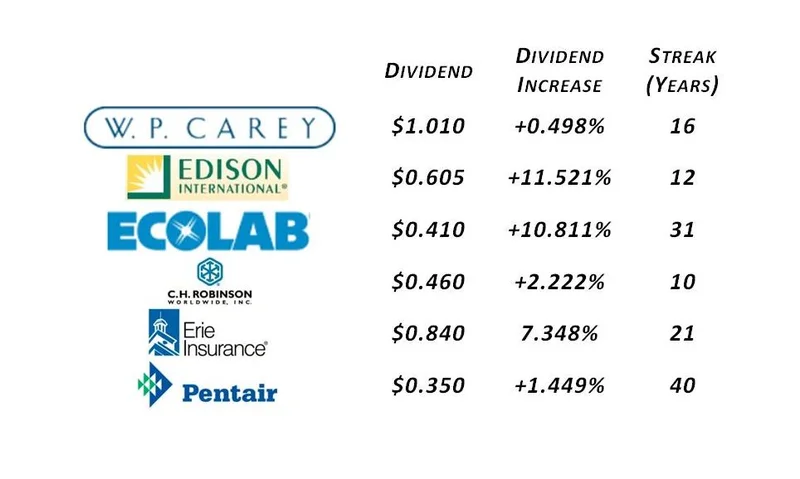Trump's $2,000 Tariff Rebate: Let's Run the Numbers
Another weekend, another major economic proposal delivered via social media. President Trump’s declaration that he will send a “dividend of at least $2000 a person” to low and middle-income Americans, funded entirely by tariff revenue, is a masterclass in political messaging. It’s direct, it has a big round number, and it identifies a clear funding source that neatly aligns with his “America First” trade policy.
The all-caps declaration on Truth Social feels a world away from the quiet, unforgiving cells of an Excel spreadsheet. But that’s where proposals like this live or die. The idea is to take the money collected from tariffs on foreign goods—money that American importers initially pay and then often pass on to consumers—and mail it back to the public. It sounds like a closed loop, a self-funding stimulus. But when you move past the rhetoric and start populating the cells, a significant discrepancy emerges. Let’s run the numbers.
The Fundamental Discrepancy
The core of the plan rests on a simple equation: tariff revenue in, rebate checks out. The problem is with the scale of the variables.
According to the U.S. Treasury, the administration has collected over $220 billion in tariff revenue. This is our "income" for the program. Now for the "expenses." The IRS reports that more than 163 million Americans filed tax returns in 2024. A simple multiplication gives us the total cost: 163 million people multiplied by $2,000 per person equals $326 billion.
The gap is immediate and substantial: a shortfall of over $100 billion. The president’s proposal, in its simplest form, costs nearly 50% more than the total funds available.
Of course, the post includes a qualifier: “(not including high income people!).” This is where the modeling gets slightly more complex. What constitutes "high income"? The White House hasn't specified a threshold. But we can use an estimate to see if it closes the gap. Erica York at the Tax Foundation ran a plausible scenario with a $100,000 income cutoff. Her analysis found that around 150 million adults would still qualify. The total cost would be about $300 billion—to be more exact, it still leaves an $80 billion deficit against the $220 billion collected.

I've looked at hundreds of fiscal proposals over the years, and this is the point where a plan typically requires a secondary funding mechanism or a significant reduction in scope. Yet, the President followed up by suggesting the leftover money would be used to pay down the national debt. Based on the public data, there wouldn't be any money left over. There would be a massive hole to fill before the first dollar could even theoretically go toward the debt.
The Political and Legal Headwinds
Even if we were to ignore the arithmetic, the proposal faces a gauntlet of external risks that further complicate the financial model. The first is a pending Supreme Court case questioning the legality of the emergency powers used to impose a significant portion of these tariffs. Roughly $100 billion of the $220 billion revenue pool was collected via this method. Should the court rule against the administration, that money might have to be returned to the businesses that paid it. This would slash the available funds by nearly half, making the rebate plan utterly impossible without a completely different source of cash.
What is the probability of a negative ruling? It's impossible to say for sure, but the court's skepticism is a known variable that any serious analyst must factor in.
Then there’s the U.S. Congress. The executive branch doesn’t have the unilateral authority to spend money like this (a core principle known as the "power of the purse"). Any stimulus or rebate program requires Congressional approval. Past stimulus checks were passed during economic emergencies—a pandemic-induced recession. The current economy, while facing affordability issues, is not in a recession. Fiscal conservatives in the President's own party would likely balk at what is, effectively, a $300+ billion spending package that could inject a "sugar rush" into the economy and potentially exacerbate the very inflation voters are concerned about.
Treasury Secretary Scott Bessent’s noncommittal response on Sunday television was telling. He framed the $2,000 figure as a concept that "could come in lots of forms," including as a way to backfill revenue from other proposed tax cuts. That’s a long way from confirming a plan to mail checks. It’s the kind of careful, hedging language an official uses when a proposal is more of a political trial balloon than a fully vetted policy.
A Proposal at War With Its Own Math
Ultimately, the tariff rebate check is an incredibly effective piece of political communication. But as a piece of fiscal policy, it’s currently insolvent. The numbers, as they stand today, simply do not support the promise. The plan is short over $100 billion from the outset, faces a legal challenge that could wipe out nearly half its funding, and requires a level of Congressional support that seems, at best, uncertain. The political appeal is obvious, but the math is brutal. And in the end, the math always wins.

